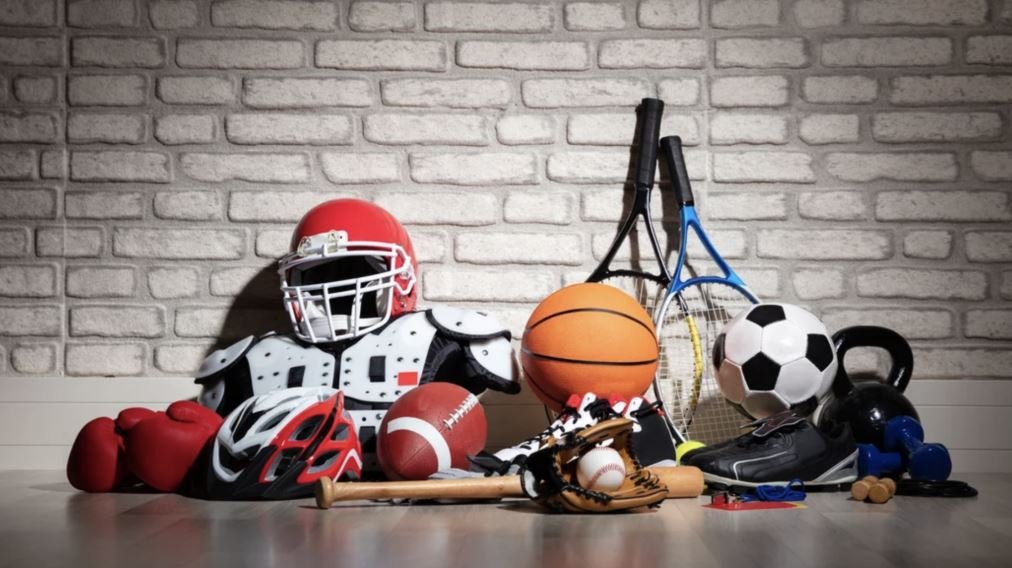Title: Mastering the Art of Ball Control: Flick vs Push in Field Hockey
As a seasoned field hockey player and enthusiast, I’ve come to appreciate the nuances that can make or break a game. One such nuance is the technique used to move the ball, particularly when it comes to the flick and the push. Understanding the ‘flick vs push in field hockey’ is crucial for players at all levels, as it can significantly impact the flow and outcome of the game. In this article, we’ll delve into the definitions, differences, and strategic uses of flicking and pushing, helping you to refine your skills and enhance your gameplay.
What is flicking and pushing in field hockey?

Definition of flicking
Flicking in field hockey is a dynamic skill that involves propelling the ball into the air using a quick, wristy motion. It’s a technique that requires finesse and timing, as the player must scoop under the ball and lift it off the ground. Flicking is often used for long-range passes, aerials, and scoring goals, especially during penalty corners where a well-executed flick can be a game-changer.
Definition of pushing
Pushing, on the other hand, is a fundamental skill that involves moving the ball along the ground with a controlled motion. When pushing, the player maintains contact with the ball, using their stick to guide it accurately to a teammate. This technique is essential for maintaining possession and executing strategic plays, as it offers precision and stability.
Difference between flick and push in field hockey

The primary difference between flicking and pushing lies in the ball’s trajectory and the technique’s purpose. Flicking sends the ball airborne and is used for speed and surprise, while pushing keeps the ball on the ground, focusing on control and precision. Understanding when and how to use each technique is vital for a player’s versatility on the field.
Advantages of flicking

Speed and power
Flicking allows players to generate significant speed and power, making it an excellent option for quickly advancing the ball or taking a shot on goal. The rapid motion can catch opponents off guard and create scoring opportunities.
Accuracy
Despite the speed, a well-practiced flick can be incredibly accurate. Players can direct the ball over defenders and into specific areas of the goal, making it a potent offensive tool.
Versatility
Flicking is not just for scoring; it’s also useful for lifting the ball over an opponent’s stick or executing long aerial passes. This versatility makes it an invaluable skill for players in various positions.
Advantages of pushing

Control
Pushing offers unparalleled control, allowing players to maintain possession and build up plays methodically. It’s a skill that emphasizes stability and composure, which is essential in tight spaces.
Precision
The push is known for its precision. Players can execute accurate passes to teammates, ensuring the ball reaches its intended target without interception.
Ball placement
With pushing, players can place the ball exactly where they want it, setting up tactical plays or maintaining a strategic formation. This level of placement is crucial for a team’s overall game plan.
When to use flicking

Attacking situations
Flicking is most effective in attacking situations where speed and surprise can lead to scoring opportunities. It’s particularly useful during penalty corners and when trying to bypass a line of defense.
Shooting on goal
When aiming for the goal, a flick can be a powerful and deceptive shot that is difficult for goalkeepers to predict and defend against.
When to use pushing

Passing to teammates
Pushing is ideal for passing, especially in maintaining possession and control. It’s the go-to technique for ensuring the ball reaches a teammate safely.
Defensive situations
In defense, pushing can help clear the ball from dangerous areas with accuracy, ensuring it goes to a teammate rather than an opponent.
Conclusion

In field hockey, mastering both flicking and pushing can give you a significant edge over your opponents. Each technique has its time and place, and knowing when to use flick vs push in field hockey can be the difference between a good player and a great one. By practicing both skills and understanding their strategic applications, you’ll be well-equipped to handle any situation on the field with confidence and skill.
Remember, the key to success in field hockey is not just in knowing these techniques but in knowing when to use them to your advantage. Keep practicing, and you’ll find that flicking and pushing become second nature, allowing you to control the game and lead your team to victory.null
FAQ
-
What is a push in field hockey?
Feet are pointed in the direction that the pass will be made. In the force phase the ball is pushed through from the back leg to the front leg. This transfer of weight is key to generating power during the push pass. The ball is kept on the middle of the stick face, and pushed in a straight line.
-
What is flick in hockey?
The flick is an important movement in field hockey, in which a player shoots or “flicks” the ball by elevating it with their stick. It's the move that a player uses to shoot penalties, but it's also very useful in normal gameplay.
-
Can you flick the ball in field hockey?
One of the most common times the flick is used is during a penalty shot. In addition to the penalty shot, players can flick a pass when trying to get the ball over an opponents stick, or making a simple pass to another player.
-
When would you use a push pass in hockey?
A push pass is used to move the ball speedily over shorter distances. Because it gives you the most control over the ball, it is the best pass to use in short distances and it gives you more accuracy. Your stick will stay in contact with the ball until it is released for the pass.








